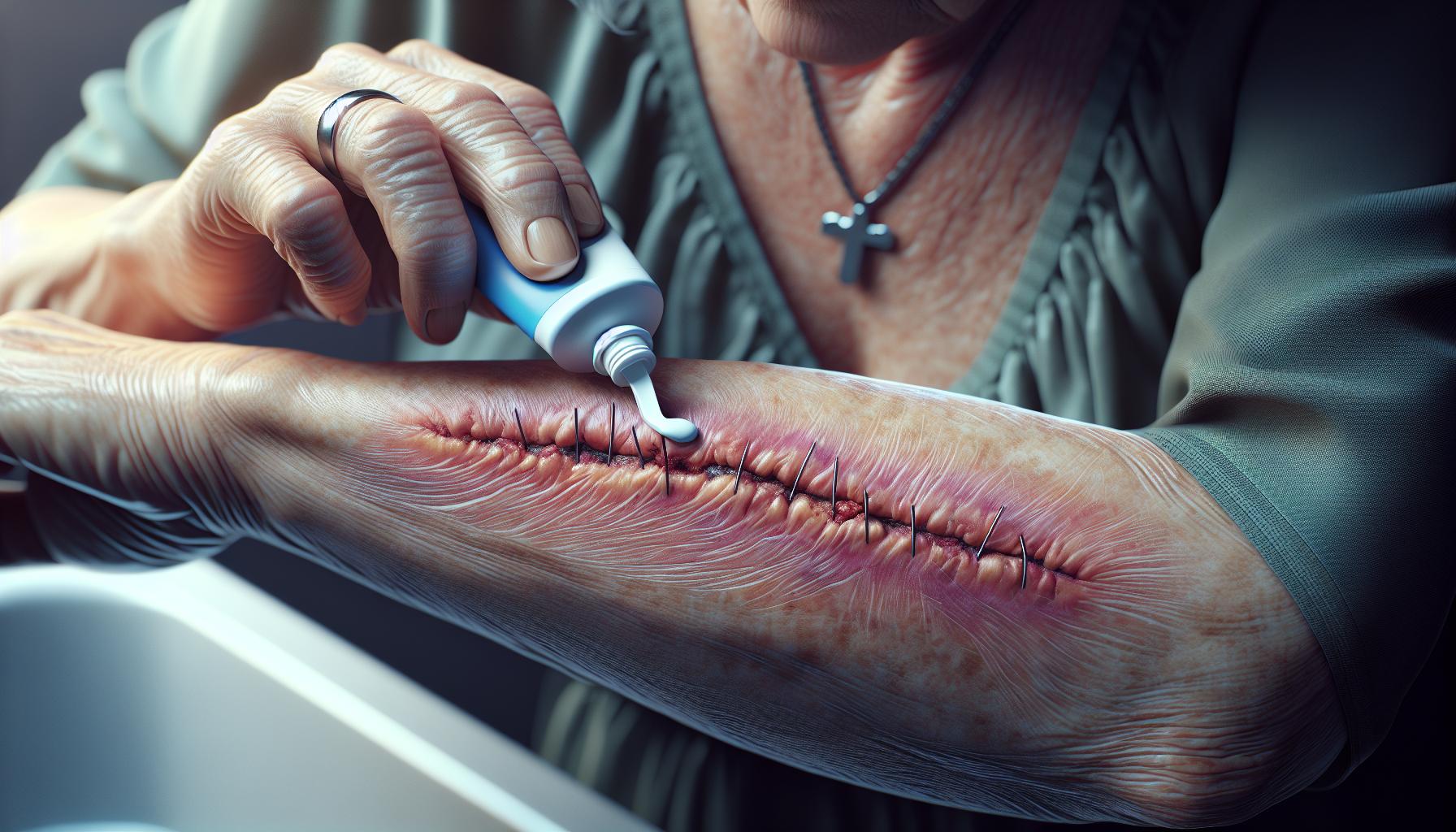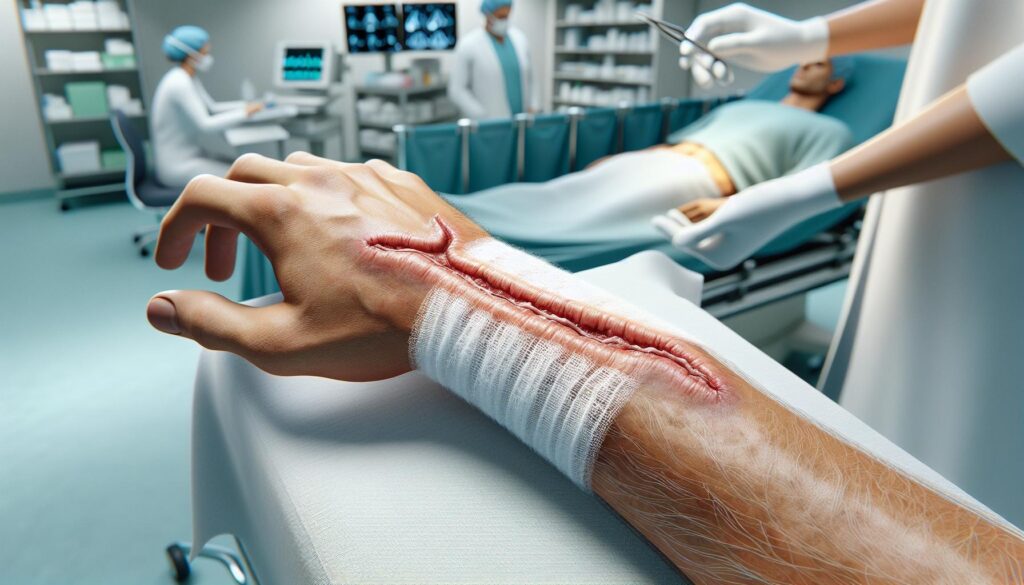Mohs surgery is a highly effective treatment for skin cancer, offering targeted removal of cancerous cells while preserving healthy tissue. However, many patients find themselves wondering about the healing process after the procedure. Understanding how long it takes for Mohs surgery to heal can provide peace of mind and help set realistic expectations for recovery.
The healing time can vary significantly based on factors such as the size and location of the excised area, as well as individual health conditions. Patients may experience different stages of recovery, from initial healing to the eventual appearance of the scar. By exploring these aspects, patients can better navigate their post-surgery journey and ensure optimal healing.
How Long for Mohs Surgery to Heal
Mohs surgery serves as a specialized technique for removing skin cancer with precision. This approach involves the stepwise excision of cancerous skin while preserving as much healthy tissue as possible. Various skin cancer types, including basal cell carcinoma and squamous cell carcinoma, often require Mohs surgery due to their aggressive nature or tendency to recur.
During the procedure, a surgeon removes thin layers of skin until no cancerous cells remain, which can be confirmed through immediate microscopic examination. This meticulous process enhances the likelihood of complete cancer removal and minimizes the risk of subsequent surgeries. Patients may experience multiple layers of removal, which can extend the duration of the surgical session.
After surgery, an assessment of the wound occurs, allowing the surgeon to recommend suitable closure methods. Options include stitches, skin flaps, or grafts, depending on the resection size and location. Understanding these aspects of Mohs surgery equips patients with essential information related to their treatment and expected recovery timeline.
Healing Process After Mohs Surgery

Understanding the healing process after Mohs surgery is essential for patients. Recovery typically occurs in stages, influenced by individual factors, such as health condition and wound size.
Initial Recovery Phase
Initial recovery usually occurs within the first one to two weeks post-surgery. During this time, patients may experience swelling, bruising, and discomfort around the surgical site. Regular cleaning of the wound and application of prescribed ointments support healing. Stitches, if used, often require removal within seven to ten days, depending on the surgeon’s guidance. Patients should monitor for signs of infection, such as increased redness or discharge.
Full Recovery Timeline
Full recovery from Mohs surgery can range from three weeks to several months, varying based on the excised area’s size and location. Scabs generally fall off within two to three weeks, revealing new skin beneath. Although the initial healing appears complete, the underlying tissue continues to strengthen for months. The final scar may take up to a year to mature, transitioning from red or raised to a more subtle coloration. Regular follow-ups with the surgeon can help track healing progress and address any concerns.
Factors Affecting Healing Time
Healing time after Mohs surgery varies based on several important factors. Understanding these factors helps patients anticipate their recovery experience accurately.
Type of Skin Cancer
Type of skin cancer impacts healing time significantly. Mohs surgery primarily treats basal cell carcinoma and squamous cell carcinoma. Basal cell carcinoma typically has a lower aggressiveness, leading to shorter recovery times compared to squamous cell carcinoma, which may be more invasive. More complex cancers often require larger excisions, lengthening the healing process.
Location of Surgery
Location of surgery plays a critical role in healing. Excisional sites near joints, such as the hands or face, often experience more movement, potentially extending recovery time. Areas with increased blood flow, like the scalp and face, may heal more quickly than those with reduced circulation, such as the ankles and feet. Larger excisions in sensitive regions can also complicate and prolong the healing process.
Patient’s Health Condition
Patient’s health condition significantly influences recovery. Individuals with chronic health issues, such as diabetes or immunocompromised states, may face longer healing periods. Additionally, age factors into healing; older patients often experience slower recovery due to diminished collagen production and skin elasticity. Lifestyle choices, such as smoking and nutrition, also affect the body’s ability to heal efficiently.
Tips For A Smooth Recovery
Effective post-operative care and discomfort management play pivotal roles in the recovery process after Mohs surgery. Implementing specific strategies ensures a smoother healing journey.
Post-Operative Care
Proper wound care is essential following Mohs surgery. Patients should clean the surgical site gently with mild soap and water daily, unless otherwise instructed by the surgeon. Keeping the area dry fosters optimal healing. Applying prescribed topical antibiotics prevents infection, while changing dressings as directed aids in cleanliness. Monitoring for signs of infection—such as increased redness, swelling, or discharge—remains crucial. Additionally, patients should avoid sun exposure and use broad-spectrum sunscreen on the healing area to prevent discoloration. Following all post-operative instructions from the surgeon enhances recovery.
Managing Discomfort
Managing discomfort during recovery is vital for a positive experience. Patients can utilize over-the-counter pain relievers, like acetaminophen or ibuprofen, to alleviate mild pain. Applying a cool compress to the affected area reduces swelling and provides additional comfort. Moreover, resting and limiting physical activities for the first week helps the body focus on healing. Elevating the head during sleep can also minimize swelling. If pain persists or worsens, contacting the healthcare provider promptly is essential to address potential issues. Employers may need to adjust return-to-work plans based on the patient’s healing progress.
